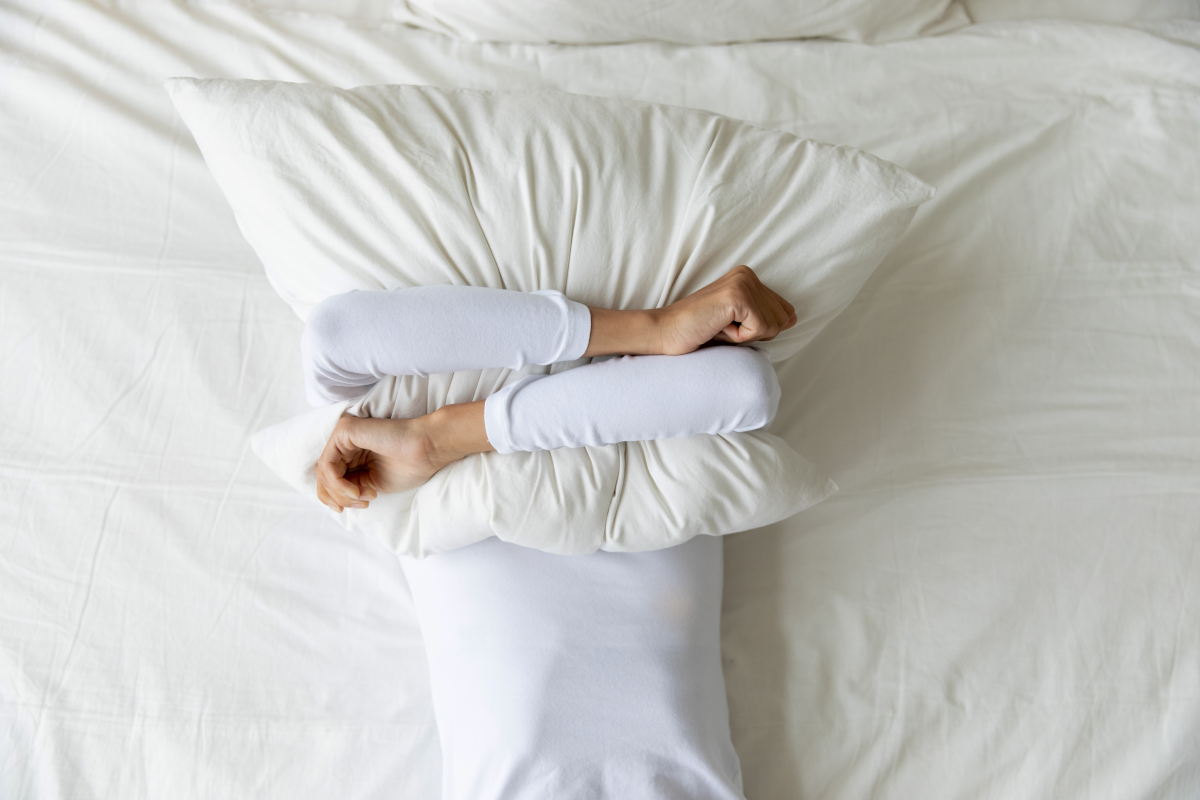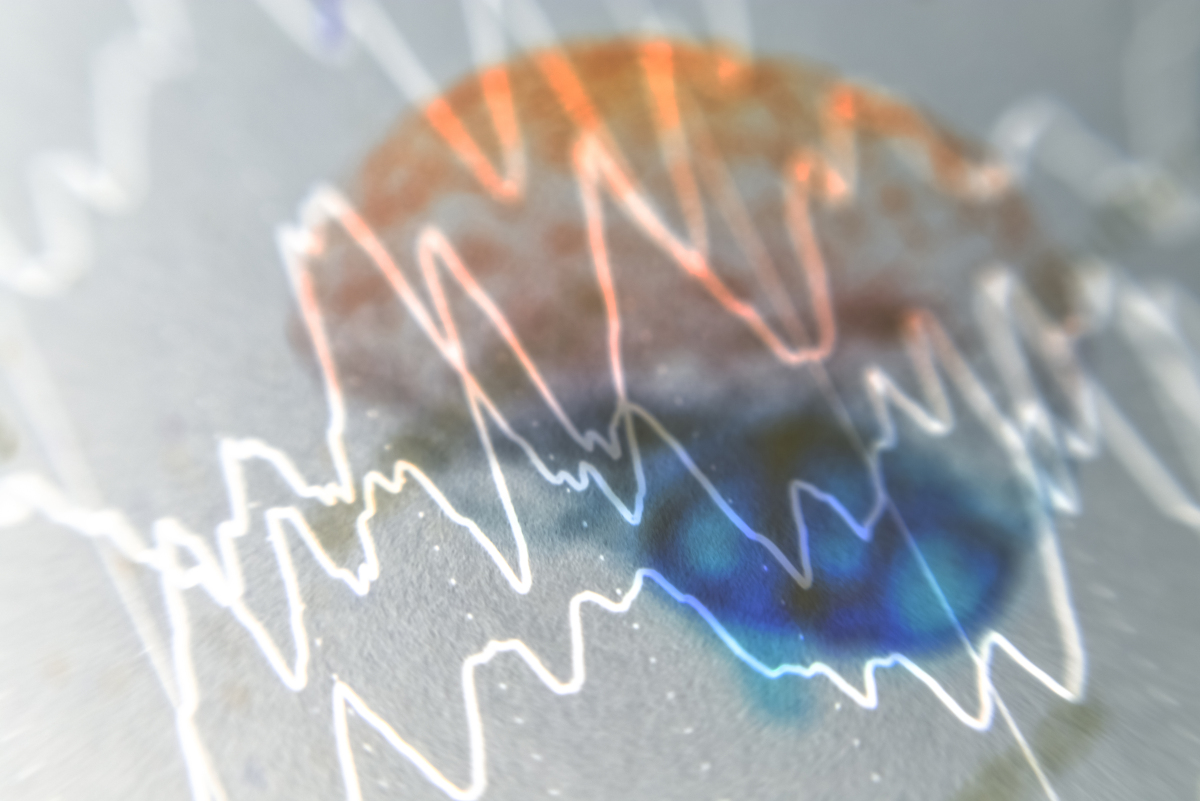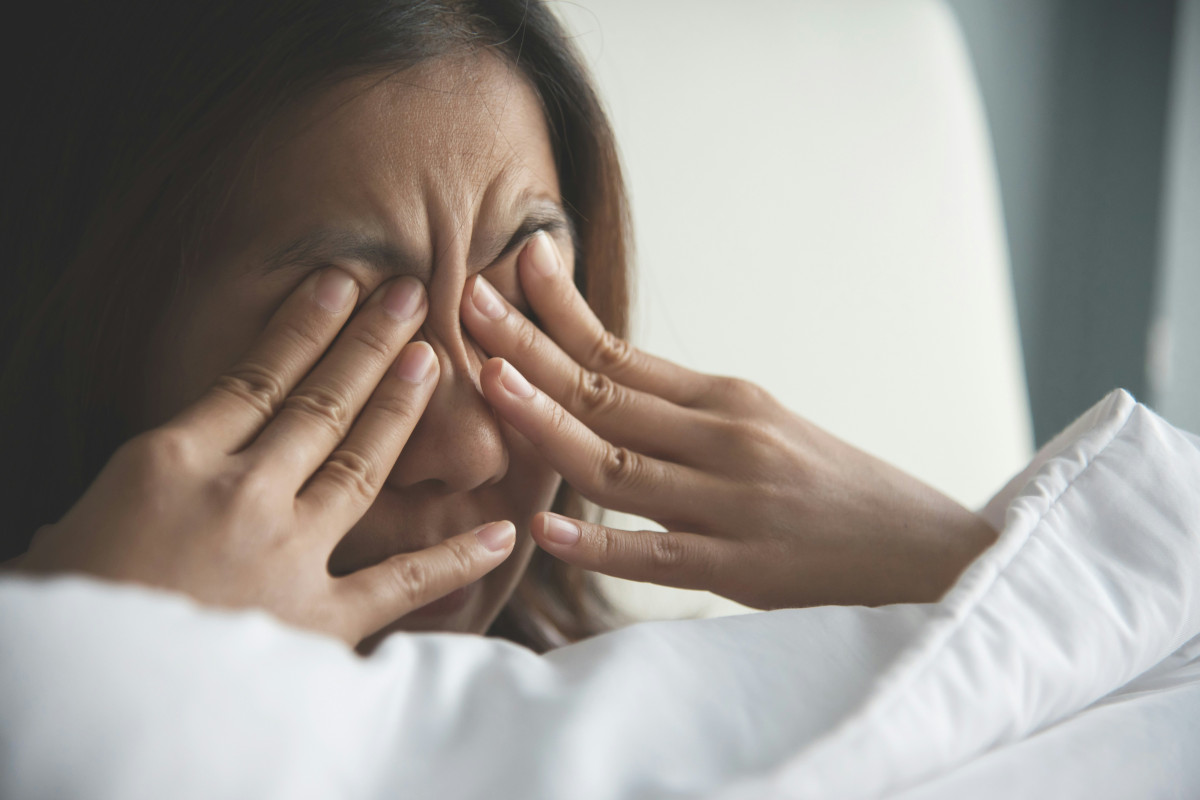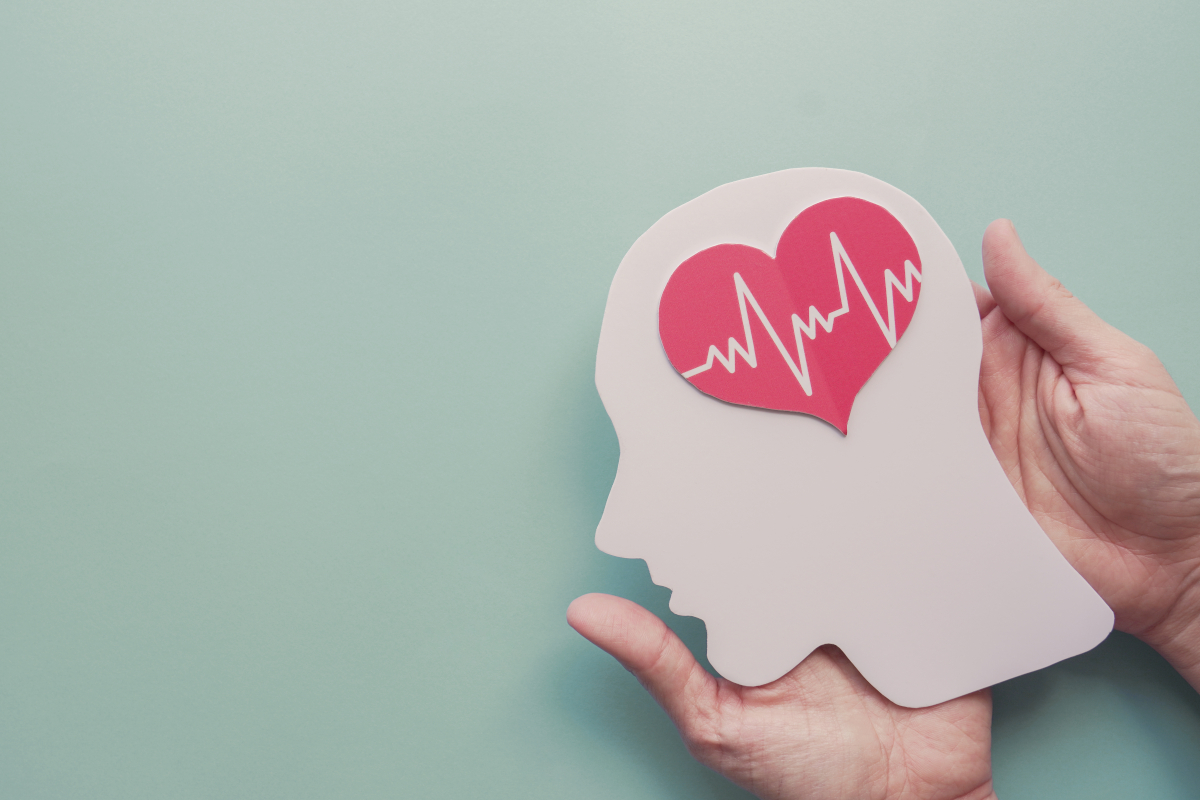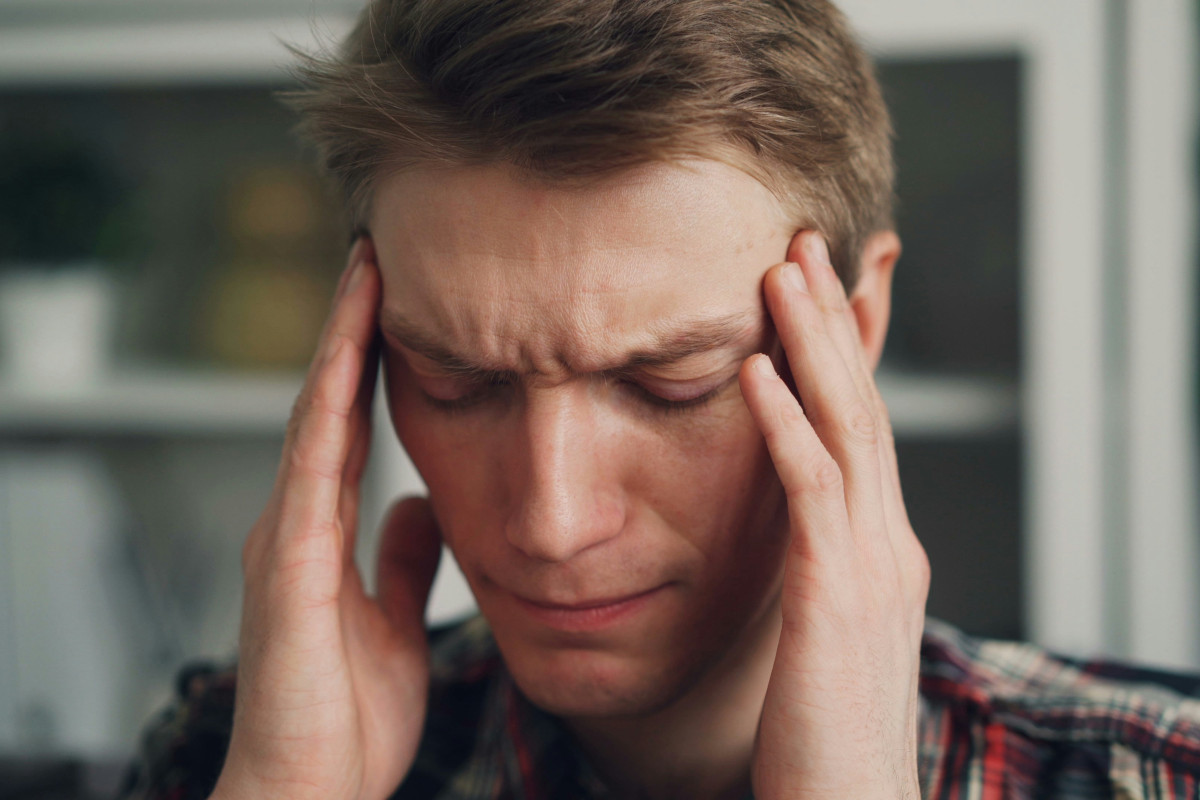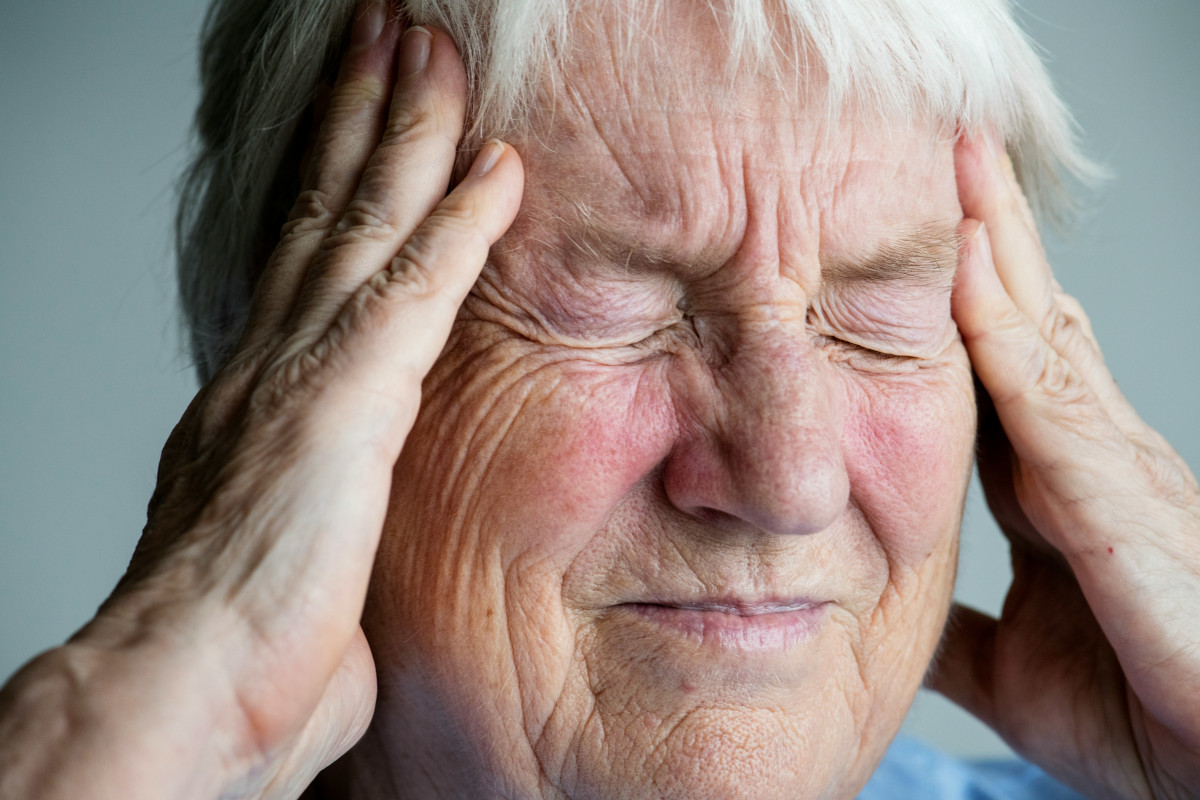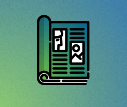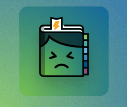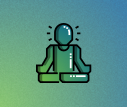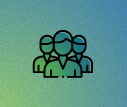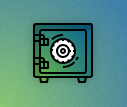Presenteeism: taking your headache to work
“Presenteeism” in this article means showing up to work despite feeling unwell. How common is this, and why do people choose work over rest and recovery?
-
References
Allen D, Hines EW, Pazdernik V, Konecny LT, Breitenbach E. Four-year review of presenteeism data among employees of a large United States health care system: a retrospective prevalence study. Hum Resour Health. 2018 Nov 9;16(1):59. doi: 10.1186/s12960-018-0321-9. PMID: 30413168; PMCID: PMC6234777.
Hemp P. Presenteeism: at work--but out of it. Harv Bus Rev. 2004 Oct;82(10):49-58, 155. PMID: 15559575.
Malmberg-Ceder K, Vuorio T, Korhonen PE, Kautiainen H, Soinila S, Haanpää M. The Impact of Self-Reported Recurrent Headache on Absenteeism and Presenteeism at Work Among Finnish Municipal Female Employees. J Pain Res. 2020 Aug 21;13:2135-2142. doi: 10.2147/JPR.S246034.
Martinez LF, Ferreira AI. Sick at work: presenteeism among nurses in a Portuguese public hospital. Stress Health. 2012 Oct;28(4):297-304. doi: 10.1002/smi.1432. Epub 2011 Nov 3. PMID: 22282226.
Monzani L, Zurriaga R, Espí López GV. Anxiety and the severity of Tension-Type Headache mediate the relation between headache presenteeism and workers' productivity. PLoS One. 2018 Jul 19;13(7):e0201189. doi: 10.1371/journal.pone.0201189. Erratum in: PLoS One. 2018 Aug 9;13(8):e0202313.
Porter JK, Di Tanna GL, Lipton RB, Sapra S, Villa G. Costs of Acute Headache Medication Use and Productivity Losses Among Patients with Migraine: Insights from Three Randomized Controlled Trials. Pharmacoecon Open. 2019 Sep;3(3):411-417. doi: 10.1007/s41669-018-0105-0.
Raak R, Raak A. Work attendance despite headache and its economic impact: a comparison between two workplaces. Headache. 2003 Nov-Dec;43(10):1097-101. doi: 10.1046/j.1526-4610.2003.03212.x. PMID: 14629246.
Rasmussen BK, Jensen R, Olesen J. Impact of headache on sickness absence and utilisation of medical services: a Danish population study. J Epidemiol Community Health. 1992 Aug;46(4):443-6. doi: 10.1136/jech.46.4.443. PMID: 1431724; PMCID: PMC1059617.
Internet: https://www.aerzteblatt.de/nachrichten/140040/Mehr-als-ein-Viertel-der-Beschaeftigten-arbeitet-haeufig-trotz-Krankheit abgerufen am 18.2.2024

